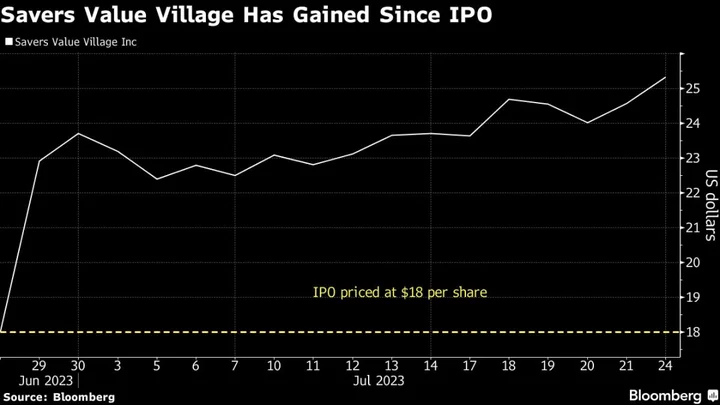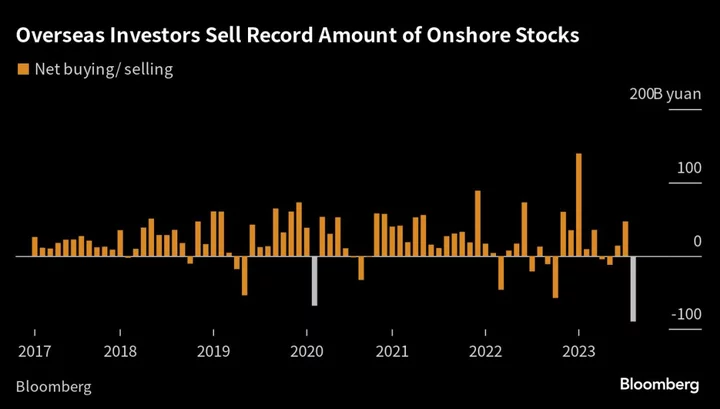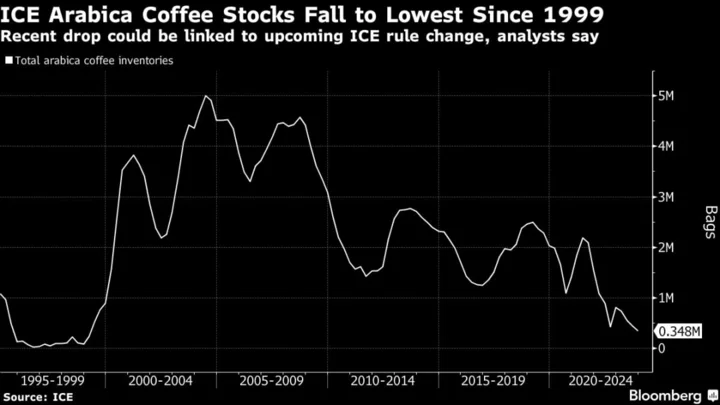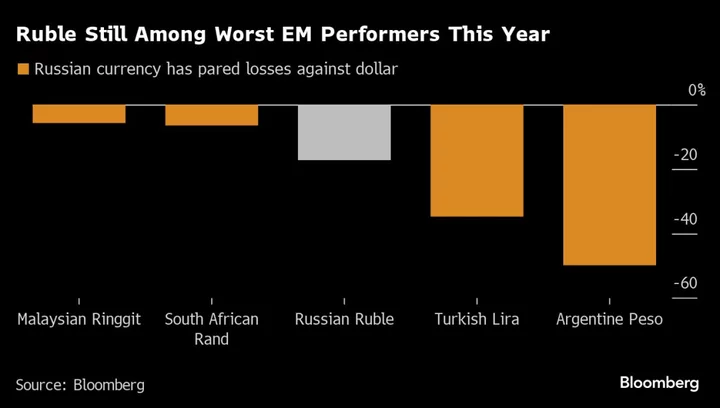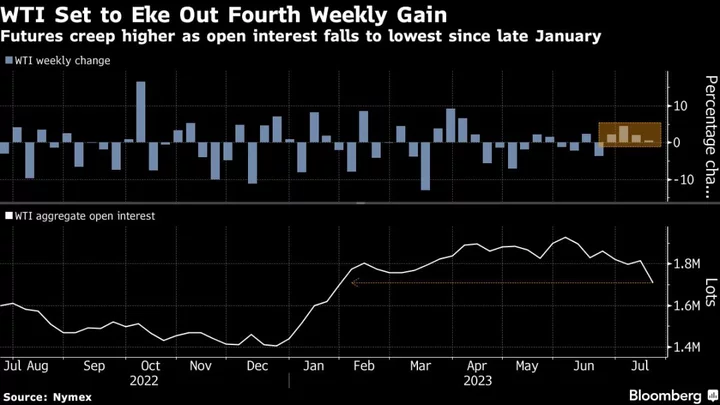Thrift shopping is hot and after a successful trading debut Wall Street analysts are telling investors to scoop up shares of Savers Value Village Inc.
The customary quiet period for sell-side analysts at the banks that underwrote the newly public company came to an end Monday morning, leading six analysts, tracked by Bloomberg, to initiate buy-equivalent ratings on the thrift store operator. All the analysts assigned price targets above Friday’s close of $24.56.
“As the nation’s largest for-profit thrift retailer, Savers has significant near- and long-term growth potential,” Piper Sandler’s Peter Keith wrote in a note. Keith rates the stock overweight and set a Street-high price target of $30.
Shares of the Bellevue, Washington-headquartered company have gained 36% since its IPO at the end of June through Friday close and are up 2.9% Monday.
Thrifting is all about shopping for used goods in stores that only sell second-hand clothing. There is a “treasure hunt” element to thrift shopping, with consumers being able to find designer luxury brands such as Burberry and Ralph Lauren at bargain prices. The second-hand shopping market is expected to reach $70 billion in the US by 2027, according to the 2023 Resale Report from online thrift store thredUP.
That growth potential is a positive for Savers Value Village. The company is at the “intersection” of value and convenience, JPMorgan’s Matthew Boss said in a note. Jefferies analyst Randal Konik said the company reminds him of other value retailers, such as TJX Cos Inc. and Ross Stores Inc.
Savers Value Village integrates “three highly complex parts” of thrift operations — supply and processing, retail and sales to wholesale markets — and has created a “highly differentiated model against online competition and traditional retail,” Boss said.
Its loyalty members spend more per shopping trip than non-members, according to Boss. The “unmatched” value proposition is a main driver for strong customer engagement, he said.
Additionally, analysts highlighted the surging popularity of thrifting on platforms such as TikTok, with the so-called ThriftTok culture steering millennials and Gen Zers to shop at second-hand stores. Savers Value Village uses social media to encourage customers and influencers to share their hauls using the #thriftproud hashtag, Boss noted, adding that the company has driven more than 260 million organic views on TikTok alone.
Analysts also said Savers Value Village could capitalize on the growing number of eco-conscious shoppers.
“Thrift as a business model provides an effective solution to mitigating the environmental cost of clothing and extending its life,” Boss said. And Savers Value Village’s “ESG focus is a compelling sticking point for customers,” Konik added.
(Corrects analyst comment in third paragraph of story published on July 24 to change Savers Value to Savers)

